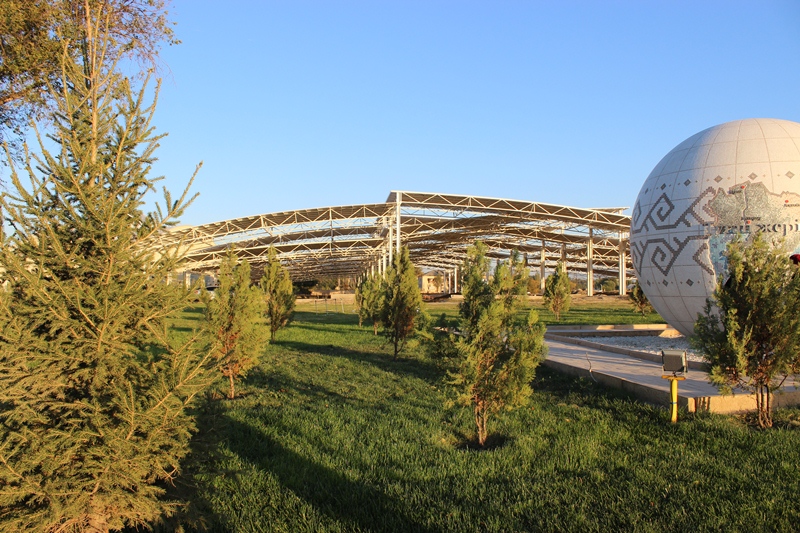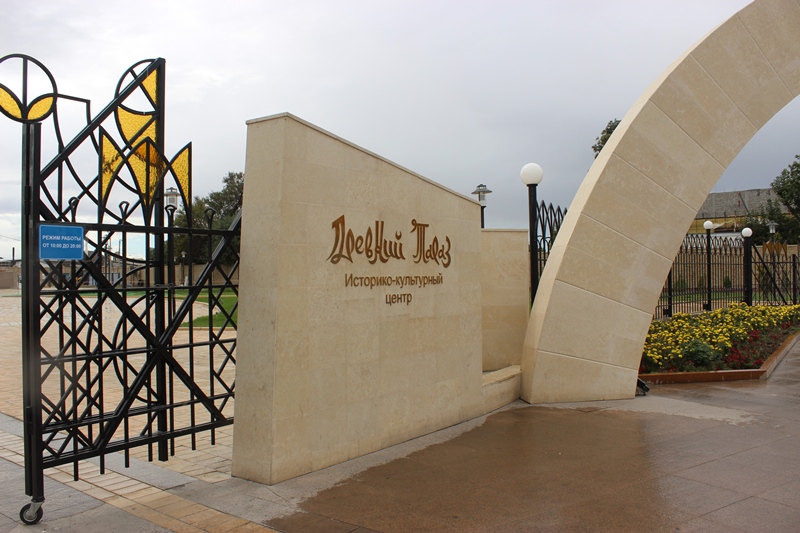ASTANA – The Zhambyl region tourism development map, which authorities expect will increase the flow of visitors up to 120,000 a year and promote job growth and tax revenue, was presented June 11, reported the regional press service.
The programme includes four directions of industry input – state support, infrastructure development and implementing investment projects and an advertising policy.
The region is home to 3,365 historic sites. This year, 33 facilities are planned for 517 million tenge (US$1.5 million) of reconstruction. According to authorities, 582 companies have entered the tourism industry, 41 of which are in need of state support.
“We conducted a survey and monitored the travel companies. Thirteen out of 41 companies need financial support totalling 185 million tenge (US$551,120) and 31 companies require non-financial support,” said regional tourism department head Karlygash Aralbekova.
Travel agency representatives noted improved infrastructure could boost the industry. There is a need to create parking areas for tourist buses, install information signs and provide kiosks with guides, photographers and souvenirs made by local craftsmen.
Training qualified guides and advertising local tourism are also essential, said regional Akim (Governor) Askar Myrzakhmetov. The map will be approved following discussions with industry participants and proposal introductions.
The Zhambyl region has huge potential for tourism development. It is second to last in the number of visitors, with just 15-20 percent of tourists travelling from other countries and 146 hotels which can accommodate only a small number of foreign guests. Residents mainly visit its many sacred spots.
The region, situated at the convergence of the Chu and Talas rivers, offers a wealth of historic attractions, archaeological monuments and unique natural climate zones. Five historic sites are included on the United Nations Educational, Scientific and Cultural Organisation (UNESCO) World Heritage List – Aktobe Stepninskoye ancient settlement, Akyrtas archeological complex and the Kostobe, Kulan and Ornek ancient settlements. Ancient Taraz, an archaeological park, opened recently and archaeological excavations are still underway.
Forty-two travel agencies, a yurt-style town (a traditional dwelling of nomads), a health complex, six recreation areas, 11 children’s health camps and five sanatorium resorts with mud and mineral waters operate in the region. Large-scale reconstruction and building new facilities and park areas is planned in Taraz.
“The Talas River, waterways and canals which pass through parts of the city and the Tekturmas Plateau were not included in the urban planning, although they create a unique atmosphere in the southern city. We plan to develop a water-green recreational system of the city to create a certain climate. The city will develop along both banks of the Talas River in a north-easterly direction,” said Taraz Mayor Galymzhan Abdraimov.
The old low-rise housing in the central part of the city will also be refurbished and its historic and architectural monuments and old settlement will be included in the urban planning.




